
First I don’t sit down and say to myself, “Self, you must come up with an idea for a story.” Instead I go about my day and wait for something to spark, then I write that spark down. I have over a dozen pages of story ideas. I look over these ideas from time to time and explore them in my mind. I’ll write down additional ideas, images, actions, themes, characters, possible titles, etc. that I think of with these, devoting a page to each major idea.
Once a page is filled up with enough ideas, then I begin organizing the ideas into a story. I think of what the most interesting threads are, and I think of other ideas that would go well with them. Once a story begins to emerge, I start a loose plot so I have some notion of where the story may begin, where it may travel, and where it may end.
Once I feel I have enough raw material for a full story, then I’ll write a very tight plot and dialogue. It looks a lot like a movie script with the major actions spelled out, a lot of the dialogue written, and the major emotions or thoughts laid out. This plot usually ends up getting restarted, rewritten, and resorted several times before it is finished. I think of it as the skeleton of the story. It tells me basically how long the work will be (so I know if it is a short story, a novel, a comic book, etc.) I also know who the characters are, what they will do, what their motivation is, what changes they will go thru, what the major conflicts are, and have a very tight story.
After all this work I’ll begin the first draft, which is handwritten. This stage usually goes pretty quickly since the story is basically written, the conflicts figured out, the characters are defined. I still make a lot of changes at this stage, but knowing the overall story in pretty good detail helps me keep everything consistent with revelations and discoveries happening at the right moments.
Once the first draft is written, then I begin the second draft which is when I type the story into the computer. Again I make a lot of changes as I go being both writer and editor. I mainly refine the story itself expanding the scenes that aren’t developed fully and cutting scenes that are too long or unnecessary.
Then I begin the editing and refining. This is mostly to work on the wording and clarify any writing, but I have been known to add a couple of chapters as this stage if the message wasn’t complete. I’ll usually make three passes thru the story correcting mistakes and working on wording so the writing doesn’t get in the way of story. I have no interest in impressing readers with my extensive vocabulary or complex sentence structure. I try to make the writing as clear and efficient as possible without getting dry. I want the writing to be so smooth it just disappears leaving the reader with unfettered access to the story.
Finally I illustrate and publish. And wallah — a new story is born!
Get an Editorial Review | Get Amazon Sales & Reviews | Get Edited | Get Beta Readers | Enter the SPR Book Awards | Other Marketing Services


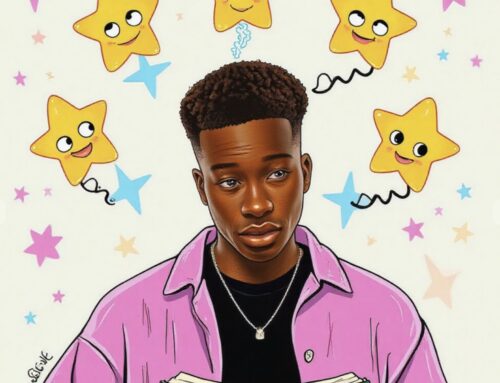
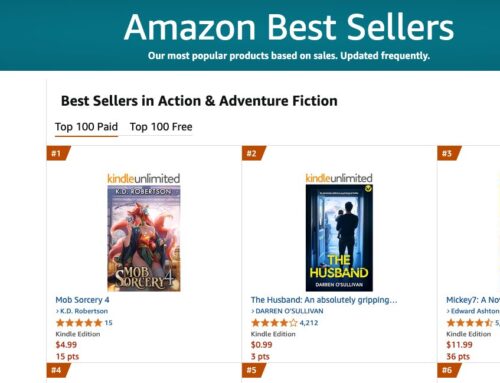
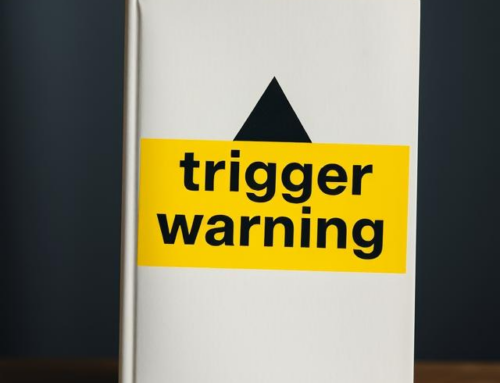



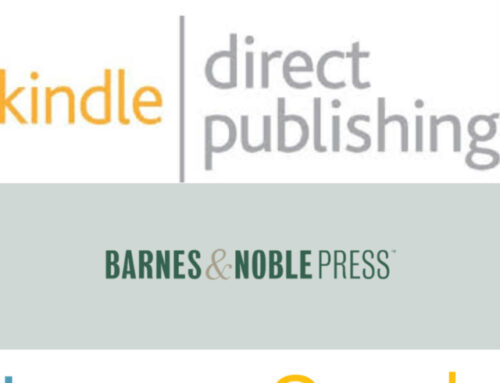
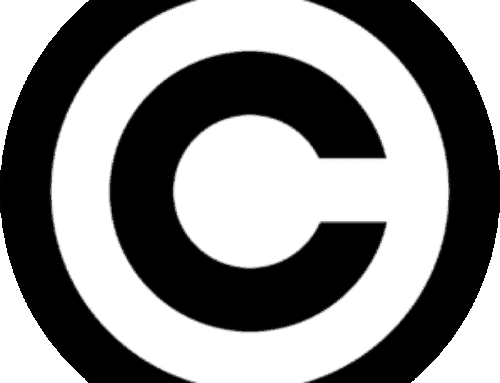









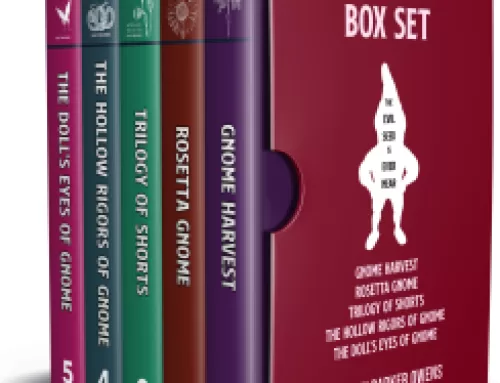


Leave A Comment